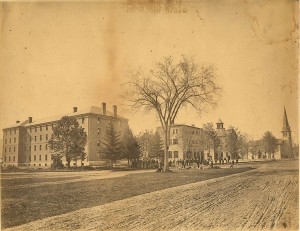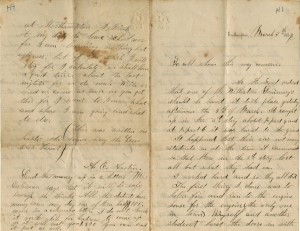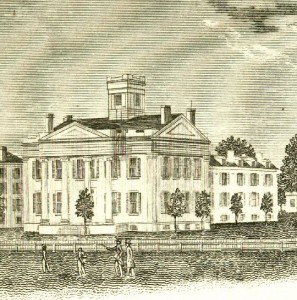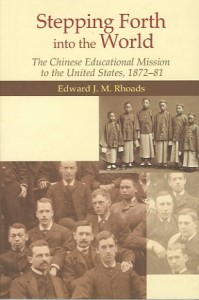
American photography came into its own during the Civil War, when photojournalists like Matthew Brady and Alexander Gardner documented the conflict. Peacetime brought photography to the civilian population, as hundreds of photographers set up studios or embraced picture-taking as a hobby.
We have what may be the earliest extant photograph of the old Williston Seminary campus on Main Street, opposite Shop Row. Today the Easthampton Savings Bank stands on the site of North Hall, the leftmost structure. Beyond North Hall we see Middle and South Halls and the Payson Church, now the Easthampton Congregational Church. The image is by an anonymous photographer, and measures approximately 14 x 10½ inches. The event of being photographed was sufficiently novel to attract the attention of most of the students, who turned out to watch the process and, not coincidentally, to get into the picture.




